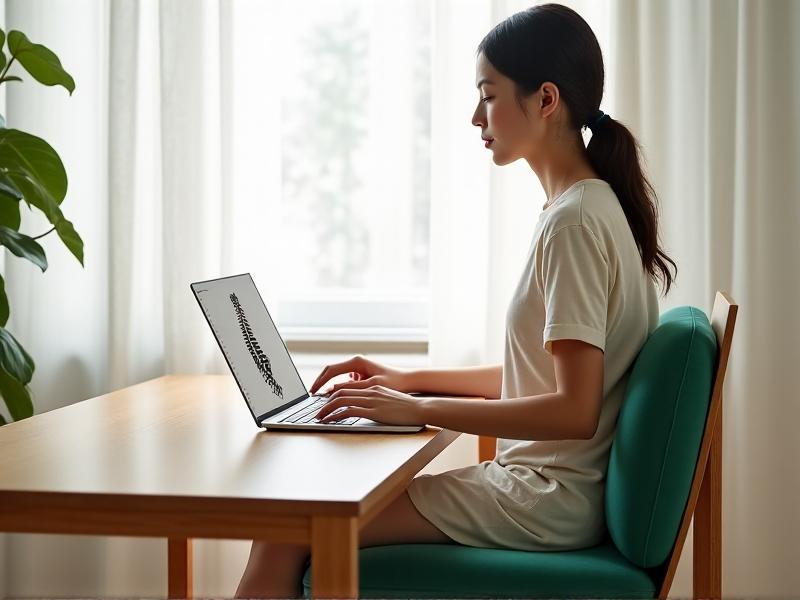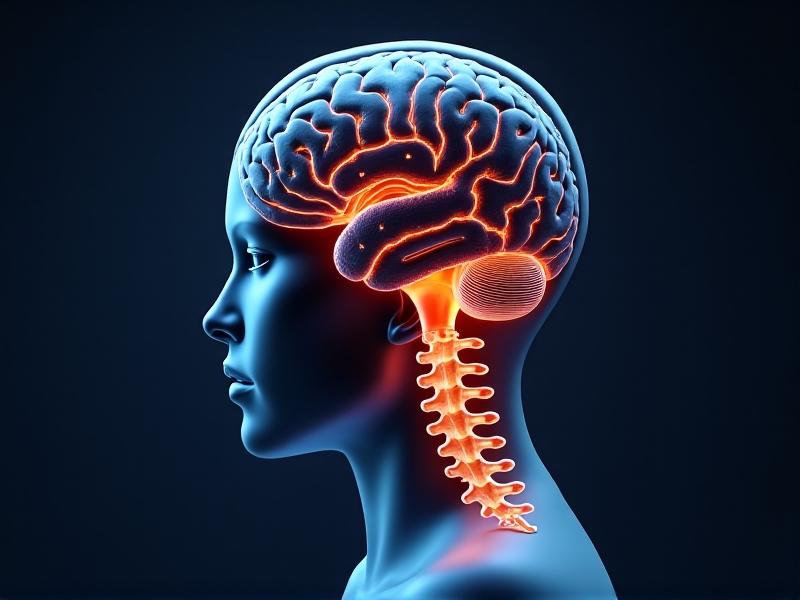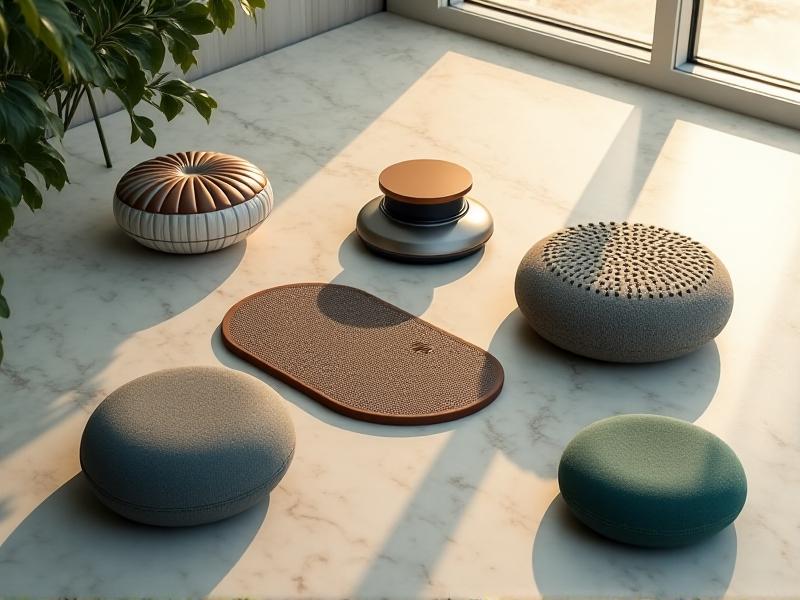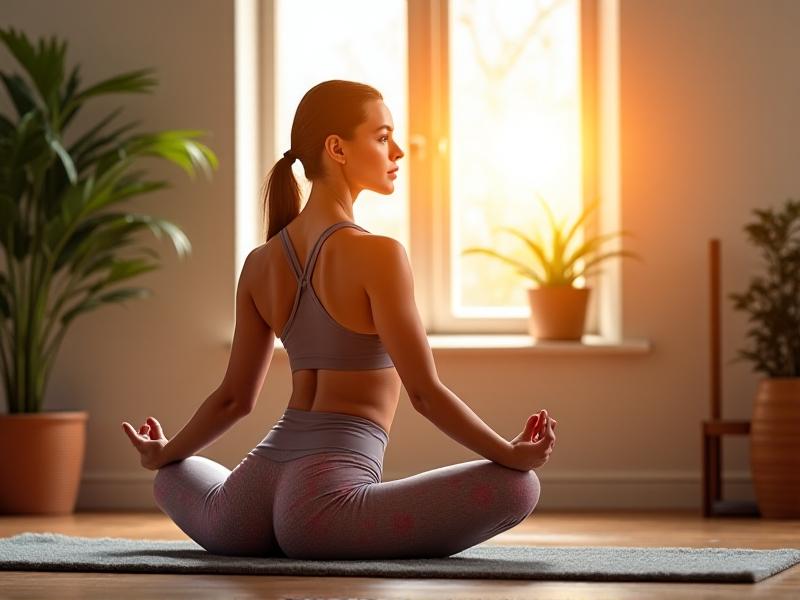```html
Understanding Transition Objects and Posture Resets

Transition objects are physical tools designed to interrupt habitual slouching and prompt realignment. Unlike passive reminders like phone alerts, these objects engage our sense of touch—a critical factor in building new muscle memory. Imagine a small lumbar pillow that becomes uncomfortable if you slump, or a textured wrist rest that nudges you to adjust your typing position. These items act as silent coaches, leveraging tactile feedback to create awareness of body positioning throughout the day.
The Neuroscience Behind Posture and Tactile Triggers

Our nervous system constantly processes proprioceptive feedback—the body's internal GPS. Research shows that consistent tactile input can strengthen neural pathways associated with upright positioning. A 2021 Johns Hopkins study found participants using textured seat cushions demonstrated 34% more frequent posture self-correction compared to visual reminder groups. The physical sensation creates a biofeedback loop, helping transform conscious adjustments into unconscious habits over time.
Top 5 Transition Objects for Different Lifestyles

1.
Wobble Cushions
: Ideal for office workers, these air-filled discs create subtle instability that engages core muscles. 2.
Tactile Tape
: Physical therapists recommend applying textured strips to phone cases or steering wheels as touch reminders. 3.
Weighted Lap Pads
: The gentle pressure helps students and gamers maintain seated alignment. 4.
Posture Collars
: Lightweight fabric bands provide cervical support without restricting movement. 5.
Acupressure Mats
: Brief standing sessions on these spikey mats can reset whole-body alignment during work breaks.
Creating Effective Posture Rituals

Pair transition objects with existing habits for lasting change. Try rolling your feet on a spiky ball while brewing morning coffee, or using a posture collar during commute time. Office workers might associate sitting on a wobble cushion with checking email—the unstable surface naturally encourages an engaged sitting position. These intentional pairings help create automatic postural responses through contextual repetition.
Ergonomic Design Principles in Transition Objects
Effective transition objects balance comfort and intentional discomfort. The best designs follow three ergonomic rules: 1) Gradual intensity (avoiding pain triggers), 2) Multi-position adaptability, and 3) Sensory distinctiveness from regular surfaces. Look for objects with medical-grade silicone textures or asymmetrical shapes that feel noticeably different from typical furniture—this contrast enhances their reminder effectiveness.
From Awareness to Automation: A 60-Day Case Study
A recent experiment tracked 50 participants using transition objects for two months. By week three, 78% reported automatic posture correction when encountering their tactile triggers. One accountant described her acupressure seat cushion: "At first I hated the bumps, but now when I feel them, my body straightens before I even think about it." Neuroplasticity allows these physical reminders to eventually become unconscious alignment cues.
Pitfalls in Using Physical Posture Aids
Common mistakes include using overly aggressive tools (like extreme lumbar braces) that cause dependency, or placing objects in inconsistent locations. Posture specialist Dr. Elena Torres warns: "Your transition object should feel like a gentle nudge, not a punishment." Rotate tools weekly to prevent sensory adaptation, and always combine tactile reminders with periodic movement breaks for full effectiveness.
The Mind-Body Connection of Tactile Feedback
Beyond physical alignment, transition objects impact emotional states. A Cambridge University study found participants using weighted lap pads reported 22% lower stress levels during seated tasks. The combination of deep pressure stimulation and improved breathing from upright positioning creates a calming feedback loop. As posture improves, many users report increased confidence and mental clarity throughout their day.
Crafting Personalized Posture Tools
Simple DIY options can enhance connection to your posture practice. Try filling a long sock with rice to create a microwavable neck wrap, or adhere cabinet bumpers to your car headrest as a cervical alignment reminder. Artist Marissa Kuo shares: "I knitted a chunky yarn collar that brushes my neck when I slouch. Making it myself helped me value the posture-reset process."
Next-Generation Posture Technology
Emerging smart materials are revolutionizing transition objects. Phase-change fabrics that stiffen when detecting prolonged slouching, and AI-powered wearables that vibrate in specific muscle areas are entering the market. However, experts caution that even advanced tools should complement—not replace—body awareness. The most effective solutions will likely blend subtle technology with timeless ergonomic principles.




